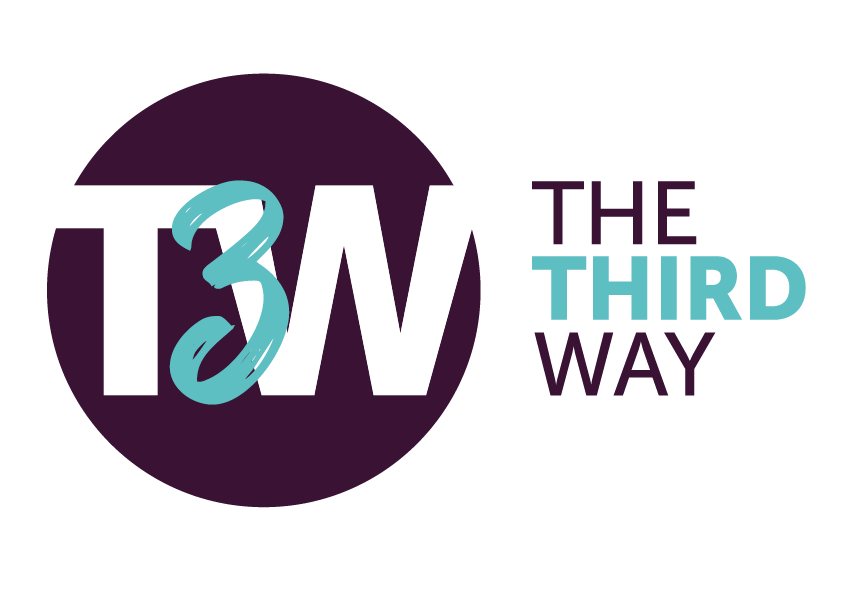Risk Management Methods
Risk management methods for effective project management are:
Using SWOT / PESTEL to Identify and Manage Risk
UNICEF suggest “SWOT and PESTEL can be applied to large or small (but significant) projects or decisions. If time is very limited or for small projects, do a quick SWOT in an hour (remembering to identify the Opportunities and Threats first, and then the Strengths and Weaknesses). With more time or for projects/decisions with larger implications, do a full SWOT and PESTEL in about 3 hours, plus preparation time. With even more time or for very significant projects/decisions, expand the time accordingly, up to a full day workshop. ” (UNICEF)

You and your project team can use a SWOT Analysis to make the most of what you’ve got, to your project’s best advantage. You can reduce the chances of project failure by understanding what your project is lacking and eliminating vulnerability that would otherwise catch you unawares.

This PESTEL project analysis method takes a big picture or bird’s eye view approach, which means that it looks at the project in a wider context and takes into account how changes in the project’s environment affect the project. The PESTEL categories can be used to facilitate your project team’s thinking around the issues that may affect completing the project successfully.
You can view the linked UNICEF factsheet on methods of using SWOT and PESTEL here.

